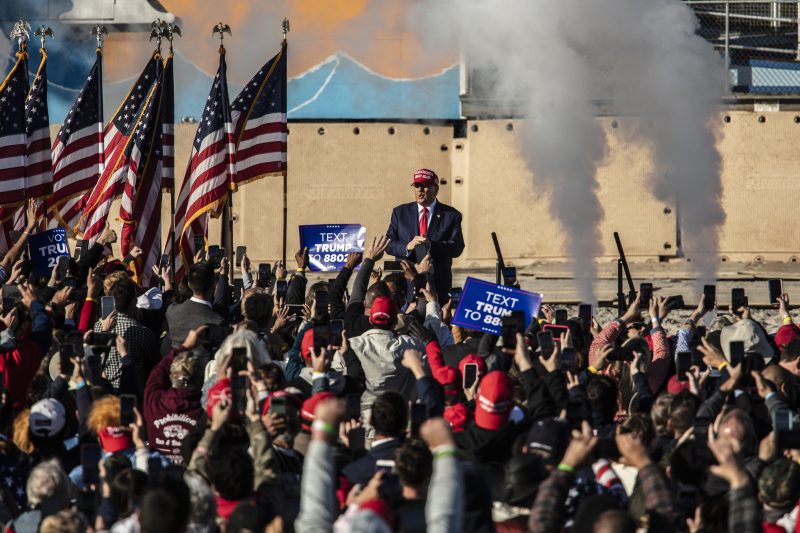In the world of politics, one truism that often gets repeated is the idea that the size of a rally or turnout can predict the outcome of an election. However, history has shown us time and time again that this is not always the case. While a large turnout at a rally can certainly be a sign of enthusiasm and support for a candidate, it is not an accurate indicator of who will ultimately win the election.
One need only look back to the 2016 U.S. presidential election to see an example of this. Throughout the campaign, then-candidate Donald Trump drew large crowds to his rallies, often boasting about the size and enthusiasm of his supporters. Meanwhile, his opponent Hillary Clinton also held large rallies, with both candidates claiming that their respective turnout numbers were a sign of momentum and impending victory. However, when the votes were tallied on election day, Trump emerged as the winner despite many polls and pundits predicting a Clinton victory.
This is not an isolated incident. In elections around the world, we have seen candidates with large rally turnouts go on to lose, while candidates with smaller turnouts emerge victorious. Ultimately, what matters most in an election is not the size of the rallies, but the ability of a candidate to connect with voters, convey their message effectively, and inspire confidence in their leadership abilities.
While rally turnout can certainly be an important aspect of a campaign, it should not be seen as a definitive predictor of election results. Voters are complex and can be swayed by a multitude of factors, including policy positions, candidate charisma, and perceptions of leadership. So the next time you hear someone touting the size of a candidate’s rally as a surefire sign of victory, take it with a grain of salt. In the unpredictable world of politics, nothing is certain until the votes are counted.


